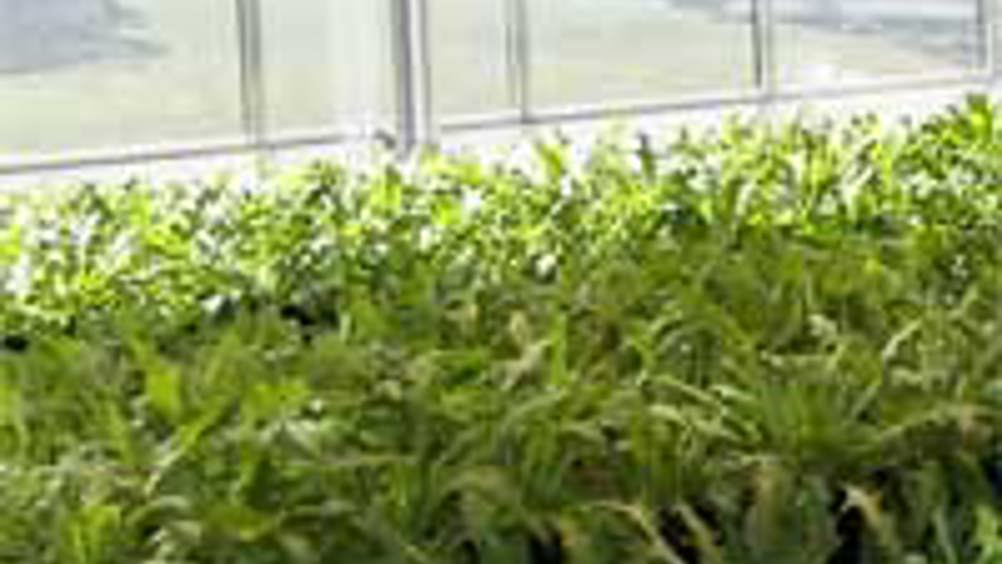Rubber from dandelions
German researchers have genetically altered the make up of the Russian dandelion, making it suitable for large-scale rubber production.

Most natural rubber comes from rubber trees in Southeast Asia, but this source is now under threat from a fungus.
Fungicides still provide at least temporary protection. But if the disease was to reach epidemic proportions, chemical crop protection would be rendered useless, and experts fear that the natural latex industry could collapse if that were to happen.
To develop an alternative source, German researchers have now genetically altered the make up of the Russian dandelion, making it suitable for large-scale rubber production.
Germans, Russians and Americans produced rubber from this plant during World War II. Unfortunately, once it is cut, latex seeps out and polymerises immediately, making it difficult to use.
Bu the scientists from the Fraunhofer Institute for Molecular Biology and Applied Ecology in Aachen have now identified the enzyme responsible for the rapid polymerisation and have switched it off.
'If the plant is cut, the latex flows out instead of being polymerised. We obtain four to five times the amount we would normally,' claimed Prof Dirk Prüfer at the Institute.
Register now to continue reading
Thanks for visiting The Engineer. You’ve now reached your monthly limit of news stories. Register for free to unlock unlimited access to all of our news coverage, as well as premium content including opinion, in-depth features and special reports.
Benefits of registering
-
In-depth insights and coverage of key emerging trends
-
Unrestricted access to special reports throughout the year
-
Daily technology news delivered straight to your inbox










Water Sector Talent Exodus Could Cripple The Sector
Well let´s do a little experiment. My last (10.4.25) half-yearly water/waste water bill from Severn Trent was £98.29. How much does not-for-profit Dŵr...